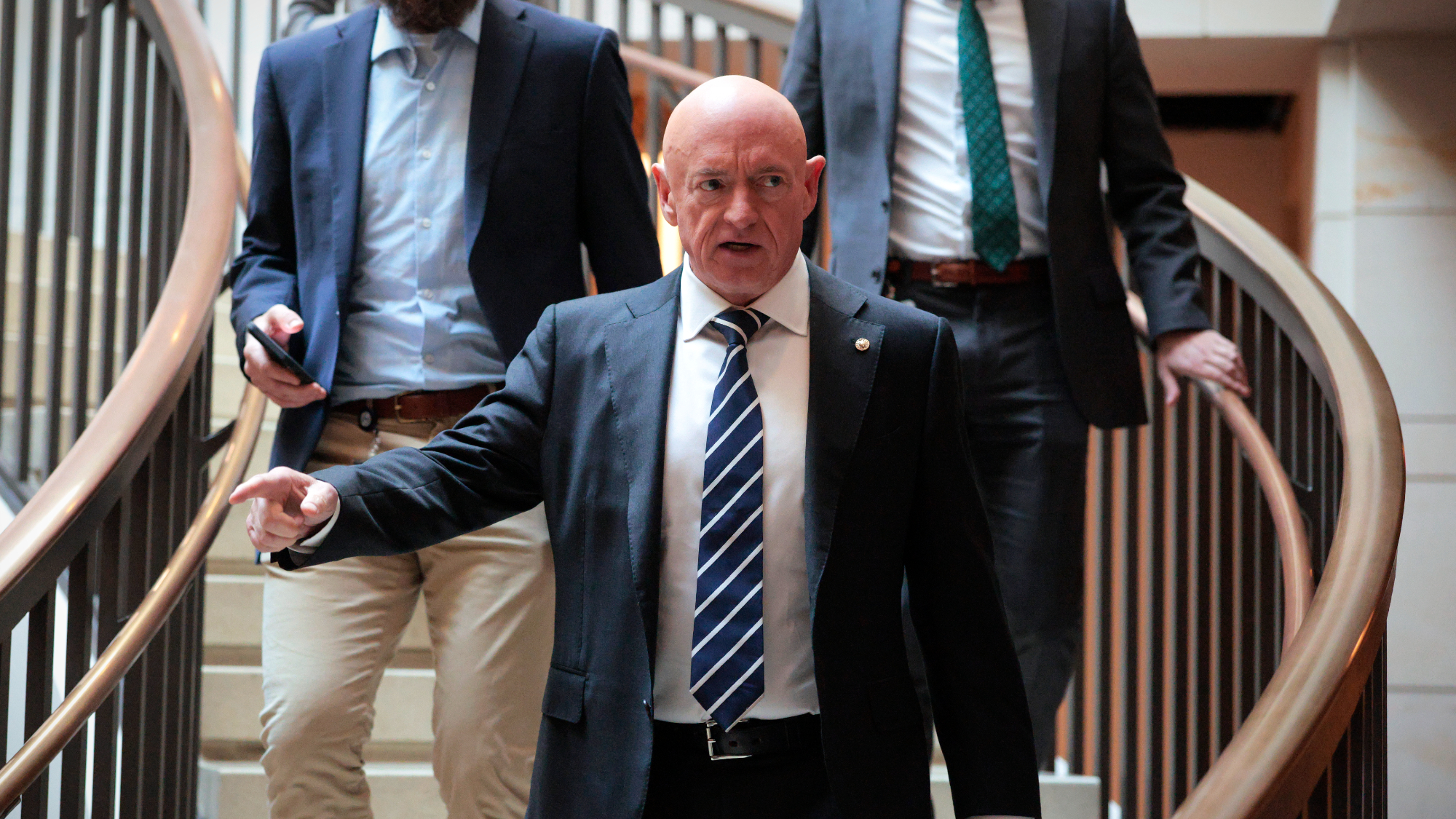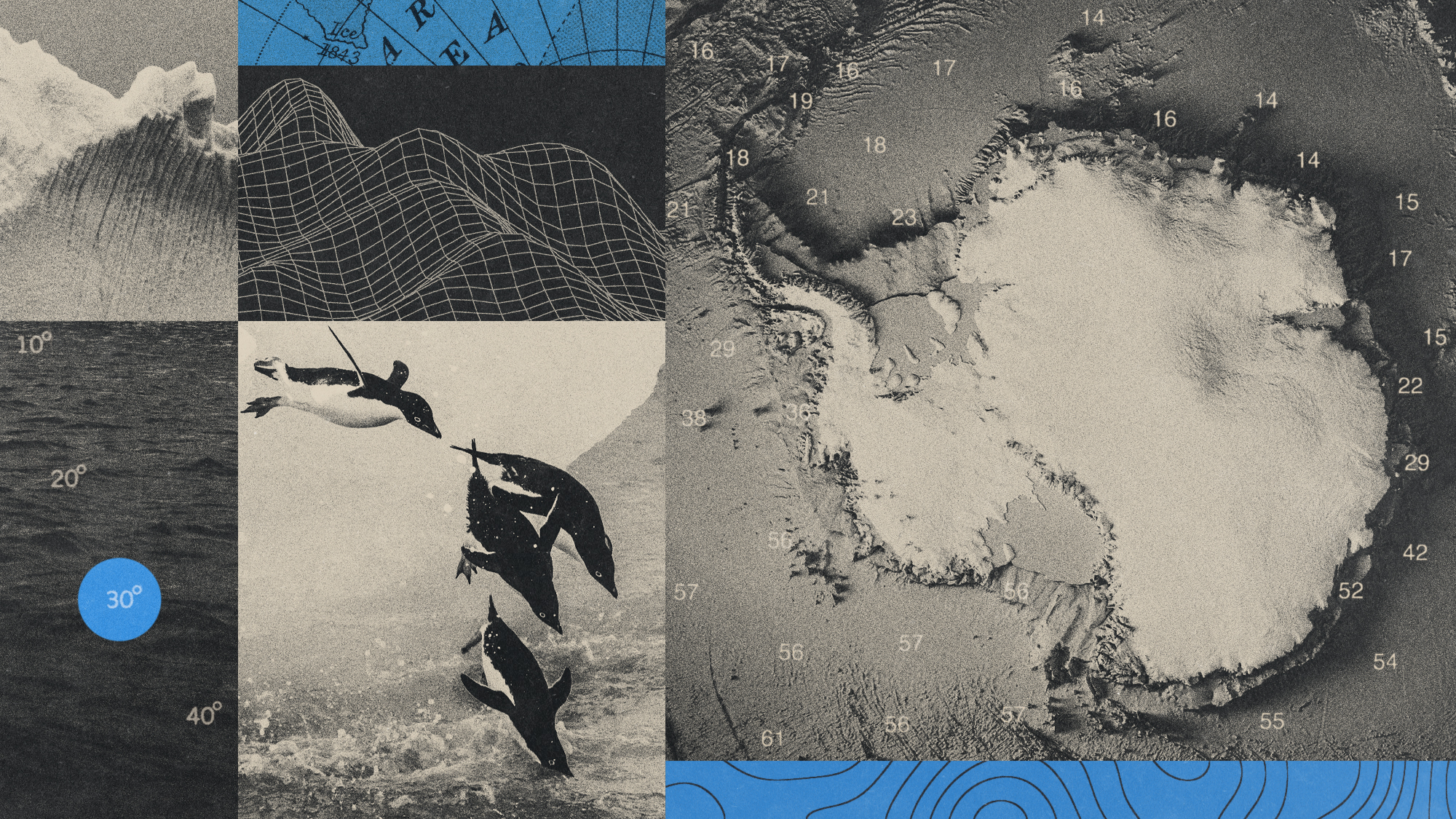'Bioelectric bacteria on steroids' could aid in pollutant cleanup and energy renewal
The new species is sparking hope for environmental efforts


Scientists have discovered a species of bacteria that can act as electric wiring, according to a new study. The bacteria, named Ca. Electrothrix yaqonensis, could usher in a "new era of bioelectronic devices for use in medicine, industry, food safety and environmental monitoring and cleanup," the researchers said in a press statement.
Distinctive features
Ca. Electrothrix yaqonensis, a cable bacteria "built from rod-shaped cells attached end to end," is not the only species able to conduct electricity, but it's considered "bioelectric bacteria on steroids," said Popular Mechanics. It "stands out from all other described cable bacteria species in terms of its metabolic potential," said Cheng Li, a researcher at Oregon State University and co-author of the study published in the journal Applied and Environmental Microbiology, in the press statement.
They have "distinctive structural features, including pronounced surface ridges up to three times wider than those seen in other species that house highly conductive fibers made of unique nickel-based molecules," said Li. This bacteria's electrical conductivity is an unusual trait and likely an "adaptation that optimizes their metabolic processes in the sediment environments in which they live."
The Week
Escape your echo chamber. Get the facts behind the news, plus analysis from multiple perspectives.

Sign up for The Week's Free Newsletters
From our morning news briefing to a weekly Good News Newsletter, get the best of The Week delivered directly to your inbox.
From our morning news briefing to a weekly Good News Newsletter, get the best of The Week delivered directly to your inbox.
The species transfers "electrons along its body" and shuttles "charges through sediments in its environment," said BGR. The species also contains genes and metabolic pathways that are a mix of two different bacterial genera. It "seems to be a bridge," which suggests it "could provide new insights into how these bacteria evolved and how they might function in different environments," said Li.
Spark of inspiration
These bacteria can "transfer electrons to clean up pollutants, so they could be used to remove harmful substances from sediments," said Li. This may be especially beneficial as remediation — reversing or stopping environmental damage — because remediation "can be one of the most time-consuming and costly aspects of infrastructure projects, particularly if a former brownfield site hopes to be reclaimed as a park or another public space," said Popular Mechanics. Using bacteria for such purposes is a sustainable form of remediation because the bacteria are "made of proteins and self-replicating cells," said BGR.
The applications go beyond pollution tidying. Its discovery "expands our understanding of the genetic and morphological diversity of cable bacteria," said the study. The bacteria's nickel proteins can also be a "model for developing new materials in clean energy or sensor technology," said BGR. "Combined with other advancements in generating electricity, like with the Earth's rotation or by capturing energy from falling rain, this discovery could help power a new generation of renewable energy."
A free daily email with the biggest news stories of the day – and the best features from TheWeek.com
Devika Rao has worked as a staff writer at The Week since 2022, covering science, the environment, climate and business. She previously worked as a policy associate for a nonprofit organization advocating for environmental action from a business perspective.
-
 Trump HHS slashes advised child vaccinations
Trump HHS slashes advised child vaccinationsSpeed Read In a widely condemned move, the CDC will now recommend that children get vaccinated against 11 communicable diseases, not 17
-
 Hegseth moves to demote Sen. Kelly over video
Hegseth moves to demote Sen. Kelly over videospeed read Retired Navy fighter pilot Mark Kelly appeared in a video reminding military service members that they can ‘refuse illegal orders’
-
 Delcy Rodríguez: Maduro’s second in command now running Venezuela
Delcy Rodríguez: Maduro’s second in command now running VenezuelaIn the Spotlight Rodríguez has held positions of power throughout the country
-
 The mysterious origin of a lemon-shaped exoplanet
The mysterious origin of a lemon-shaped exoplanetUnder the radar It may be made from a former star
-
 ‘The Big Crunch’: why science is divided over the future of the universe
‘The Big Crunch’: why science is divided over the future of the universeThe Explainer New study upends the prevailing theory about dark matter and says it is weakening
-
 Why scientists are attempting nuclear fusion
Why scientists are attempting nuclear fusionThe Explainer Harnessing the reaction that powers the stars could offer a potentially unlimited source of carbon-free energy, and the race is hotting up
-
 Dinosaurs were thriving before asteroid, study finds
Dinosaurs were thriving before asteroid, study findsSpeed Read The dinosaurs would not have gone extinct if not for the asteroid
-
 The moon is rusting
The moon is rustingUnder the radar The Earth is likely to blame
-
 Africa could become the next frontier for space programs
Africa could become the next frontier for space programsThe Explainer China and the US are both working on space applications for Africa
-
 NASA reveals ‘clearest sign of life’ on Mars yet
NASA reveals ‘clearest sign of life’ on Mars yetSpeed Read The evidence came in the form of a rock sample collected on the planet
-
 Canyons under the Antarctic have deep impacts
Canyons under the Antarctic have deep impactsUnder the radar Submarine canyons could be affecting the climate more than previously thought
